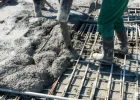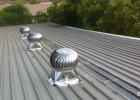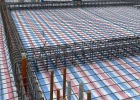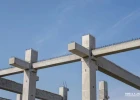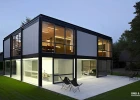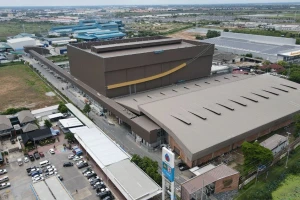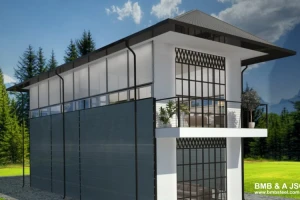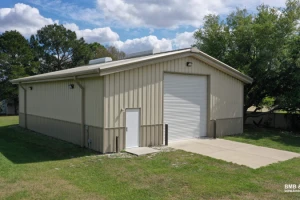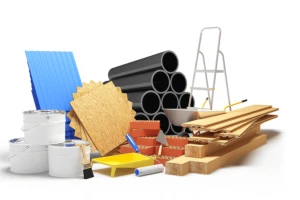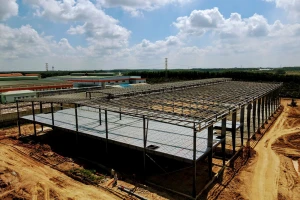Effective prevention against fire in pre-engineered steel buildings
Pre-engineered steel buildings are now becoming more and more popular in many countries. This essay shall provide audiences with prevention against fire and solutions to maintain pre-engineered steel buildings.
1. ISO Standards on fire resistance of the construction
The first and foremost idea that needs discussing is the fire resistance of the construction buildings according to ISO standards. According to ISO, there are 6 levels of fire resistance:
- Level 1: Level 1 is the level with the least fire resistance ability. The walls and floors of the building are fire resistant but are still able to catch fire easily.
- Level 2: Level 2 constructions include all parts made of materials that can withstand high temperatures and resist fire for at least 1 hour.
- Level 3: Level 3 constructions are similar to level 2 ones, but they also require metal supports to resist fire.
- Level 4: Level 4 constructions must include building blocks with a width of at least 4 inches. Ceilings and floors must be either total fire resistant or low fire catching.
- Level 5 and level 6: Level 5 and level 6 constructions are similar to each other regarding walls, floors, and roofs. However, there are differences in the width of building blocks: solid walls must be at least 4 inches in width, and hollow walls must be at least 8 inches in width. The whole bearing steel structure and metal supports must be fire resistant for at least 2 hours. These constructions must also include strong concrete reinforcement to improve fire resistance ability. This is the highest fire-resistant level.
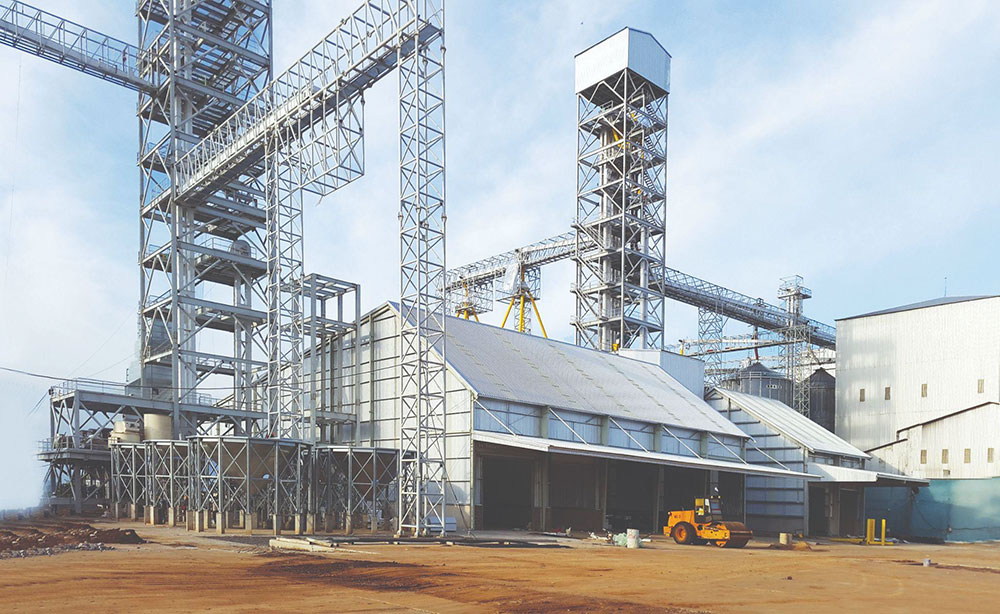
2. Some common preventions against fire
2.1 Fire retardant paint
Fire retardant paint is one of the most common paints used for pre-engineered steel structures. Fire retardant paint can be dried quickly, containing neither lead nor mercury substance, and is safe for users.
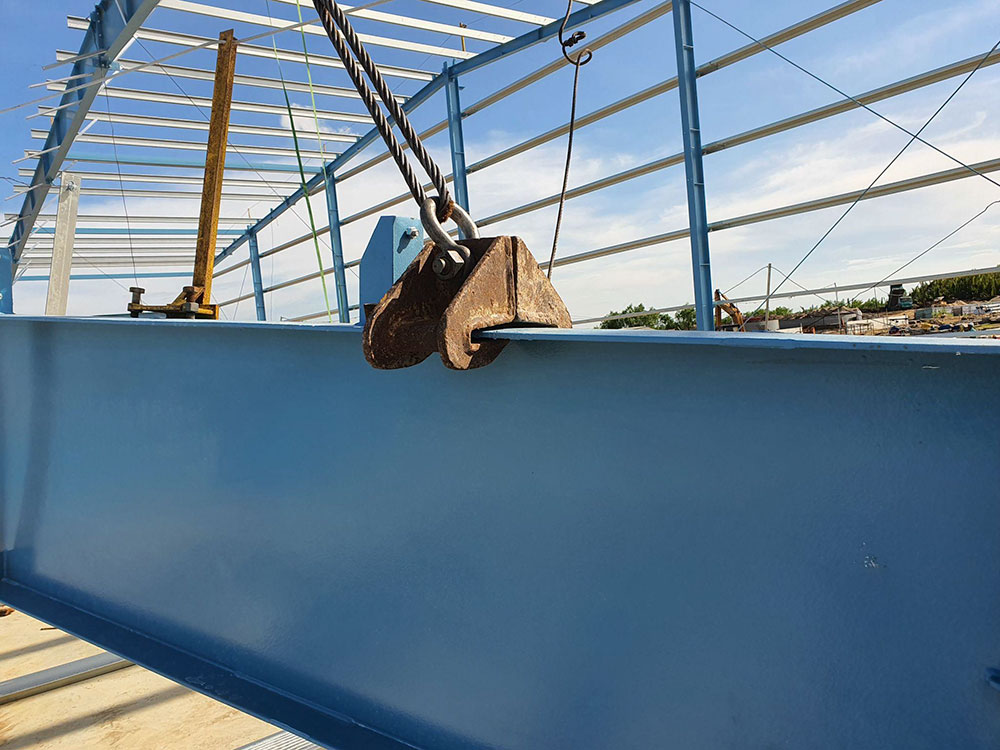
Regarding the ability to resist fire, under the temperature from 200 to 250 Celsius degrees, the paint coat produces a chemical reaction, expanding and swelling, creating a layer between the steel structure and the heat from the fire. This process protects the steel structure from being deformed and broken and helps provide more time for workers to exit and evacuate goods, machines, and equipment, protecting people and materials.
2.2 Fire retardant spray
Fire retardant spray can be bought at a lower price than fire retardant paint, but it provides similar use. However, using fire retardant spray might cause the steel surface to become rough and unsightly. Moreover, the process cannot be carried out along with other steps but need time to ensure safety. Usually, workers who work on fire retardant spray must prepare protective clothes and respirators.
2.3 Specialized fireproof panels
Installing specialized fireproof panels is common prevention against fire in pre-engineered steel buildings. Currently, fireproof gypsum and fireproof panel are two most popular materials used to prevent fire.
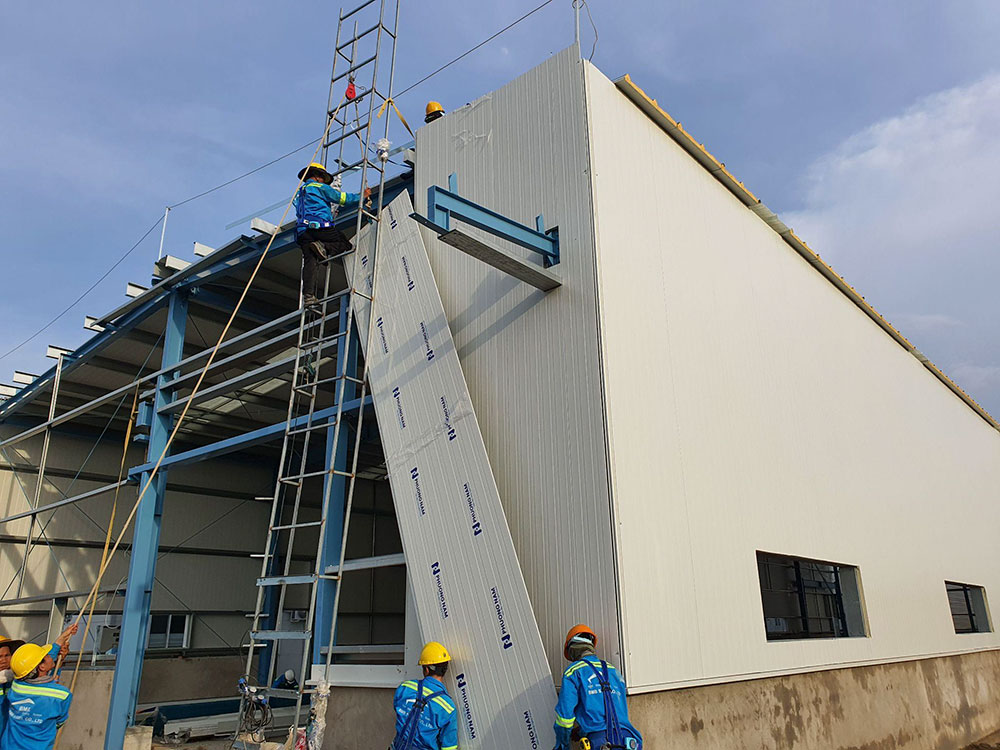
Fireproof panels have 3 layers, with the core layer with a special design, lengthening the time of fireproofing up to 2 hours. Besides, the materials can easily be installed or disassembled. In the meantime, fireproof panels with great strength and high compression resistance ability can be recycled several times.
2.4 Automatic fire alarm system
All pre-engineered steel buildings must have an automatic fire alarm system, no matter where they are and what they are used for. The automated fire alarm system helps to spread the news about the fire in a short time, ensuring the safety of the people and goods in the building.
All buildings' automatic fire alarm systems must meet Vietnam TCVN 3890:2009 standards. Meanwhile, during the use of the system, the technical team must pay regular visits and check to see if the system is working well. They must periodically maintain the system, at least 2 times a year, to ensure its quality.
Above is all information about prevention against fire in pre-engineered steel buildings. We hope that this article provides you with helpful information. For more information about pre-engineered steel buildings, visit our website at BMB Steel.









